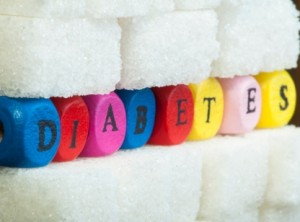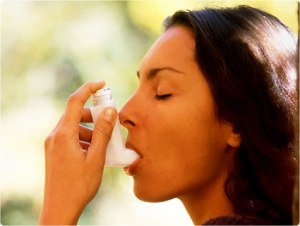
Low blood pressure (Low BP) – Hypotension
Hypotension or Low blood pressure or Low BP is a condition which is very common amongst the Indian populace. Very common symptoms of low BP are fainting & dizziness. However in severe cases it can also become life-threatening.
What is Low Blood Pressure (Low BP)?
Blood pressure is a measurement of the pressure in your arteries during the active and resting phases of each heartbeat. Here’s what the numbers mean:
Systolic pressure : The first (top) number in a blood pressure reading, this is the amount of pressure your heart generates when pumping blood through your arteries to the rest of your body.
Diastolic pressure: The second (bottom) number in a blood pressure reading, this refers to the amount of pressure in your arteries when your heart is at rest between beats.
As per current guidelines, normal blood pressure as equal to or lower than 120/80 mmHg — 115/75 mmHg is considered even better by experts.
Blood pressure varies from individual to individual, however one can get an accurate BP reading at any given time. It might vary in a very short span of time for instance it might vary from one heartbeat to another and is dependent on positioning of body, breathing rhythm, level of stress, physical conditions, medications, food, drinks, even the time of the day.
If a blood pressure top reading is 90 mm Hg or less (systolic blood pressure) or the bottom reading is 60mm Hg or less (diastolic blood pressure), then it is considered as low blood pressure (Low BP) condition.
Low BP can be caused by less severe medical conditions like dehydration and can also occur from intense medical or surgical disorders. If the causative factors and conditions of Low blood pressure are found out properly, it can be treated well.
Symptoms of Low Blood Pressure
In few individuals, low blood pressure might occur as an underlying problem, happens mostly in the cases where the BP drops suddenly or else can be identified by the following signs and symptoms:
- Giddiness or Light-headedness
- Fainting (syncope)
- Lack of concentration
- Blurred vision
- Nausea
- Cold, clammy, pale skin
- Rapid, shallow breathing
- Fatigue
- Depression
- Thirst
WHEN ONE SHOULD VISIT A DOCTOR
In most of the cases, Low blood pressure isn’t serious. A Doctor routinely monitors during medical examinations/consults, individuals who feel fine but have consistent low readings.Symptoms like fainting or dizziness can also be a resultant of mild dehydration during summers. In such situations what matters is how fast your blood pressure drops, than how far it drops to.
However, if an individual experiences any of the above mentioned signs & symptoms of Low BP, it is important to seek medical advice. Sometimes, low BP condition can point out to intense medical conditions. Record keeping of symptoms – their occurrence & time of occurrence can help the doctor to identify the right cause of Low BP.
Low Blood Pressure can occur to anyone; however there is a certain population which remains at more risk due to certain factors like pregnancy, diabetes, age, etc. Read our next article to know more on Low Blood Pressure.


